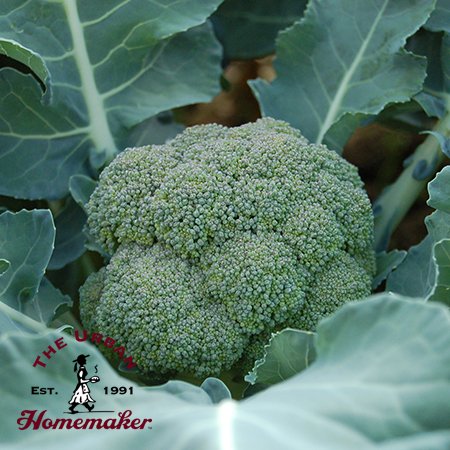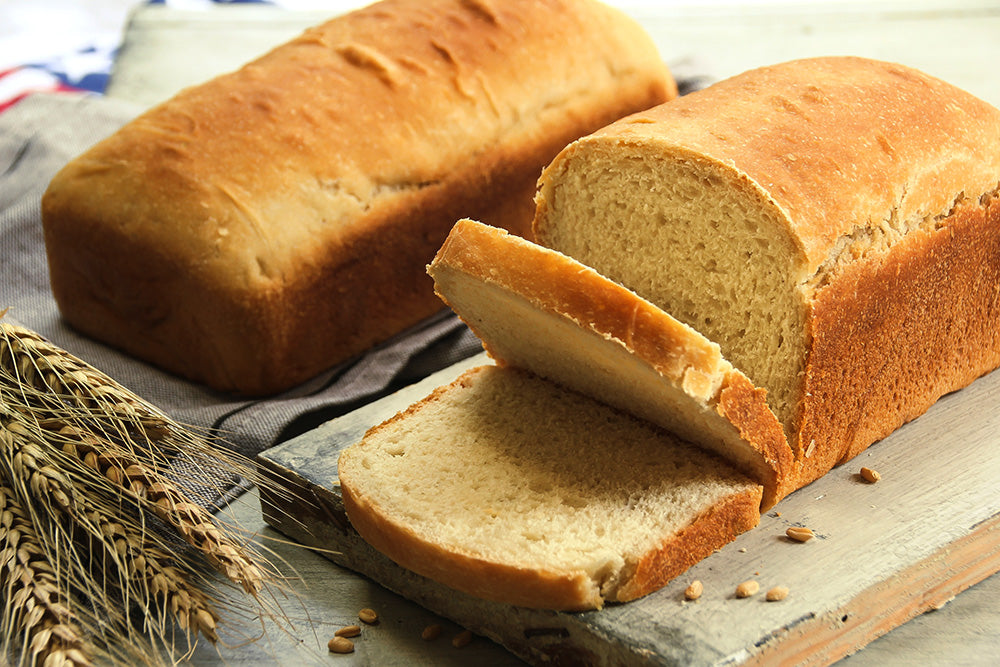Skip to product information


Belstar Broccoli - Certified Organic - NON GMO
$3.95
Shipping calculated at checkout.
| Soil and Nutrient Requirements |
|
|
| Broccoli prefers well drained fertile soils high in organic matter. It will tolerate slightly alkaline soil, performing best in the 6.0 – 7.5 range. A general guideline is 2-3 lbs of 8-16-16 fertilizer over 100 sq ft of garden area two weeks before planting. If boron is not present in your soils, consider adding 1 Tbs per 100 sq ft. If soils are heavy or tend to be wet, a raised bed is recommended. |
|
|
| Position |
|
|
| Full sun to light shade. |
|
|
| Seeding Depth |
|
|
| Seeding depth: 1/4-1/2" |
|
|
| Seeding Rate |
|
|
| 44M plants/acre (96M seeds/acre, 1 lbs/acre), using 3 seeds/ft, 8” plant spacing, 18” row spacing. M=1,000. |
|
|
| Plant Spacing |
|
|
| 18”-24” |
|
|
| Row Spacing |
|
|
| 24-36” |
|
|
| When to Sow |
|
|
| Start indoors 4-6 weeks before planting date. Plant outside as soon as the chance of hard frost has passed. Optimal soil temperature for germination is 65-75°F, but broccoli will germinate as low as 50°F. Fall plantings can be direct seeded or transplanted in mid-summer. Although it will tolerate warmer temperatures, Broccoli will be grow best at temperatures in the 60°s, so plan your plantings around the temperatures in your area. |
|
|
| Other Considerations |
|
|
| Broccoli is shallow rooted. Be careful with even shallow cultivation. |
|
|
| Frost Tolerant |
|
|
| Broccoli can take a light freeze. |
|
|
| Drought Tolerant |
|
|
| No. |
|
|
| Heat Tolerant |
|
|
| Some varieties are more tolerant, but in general Broccoli prefers cool temperatures. |
|
|
| Seed Specs |
|
|
| 4,375-9,375 seeds/oz (6,000 avg), 70-150M seeds/lb (96M avg). |
|
|
| Seeding Rate |
|
|
| 44M plants/acre (96M seeds/acre, 1 lbs/acre), using 3 seeds/ft, 8” plant spacing, 18” row spacing. M=1,000. |
|
|
| |
|
|
| |
|
|
| Harvest |
|
|
| Broccoli heads should be harvested while the heads are still tight. Check fields every 2-3 days since once heads have loosened, quality is quickly compromised. After the main head is harvested, some varieties produce side shoots with smaller heads. Regular harvesting of side shoots will encourage further growth. Cool broccoli immediately after harvest to retain quality. |
|
|
| Storage |
|
|
| Store at 32°F for 1-2 weeks. |
|
|
| Pest Info |
|
|
|
|
|
| Disease Info |
|
|
|
|
|

Our Famous
Whole Wheat Bread Recipe
Grandma Marilyn's Famous Bread Recipe is VERSATILE! Use it to make cinnamon rolls, pizza, bread sticks, and more.